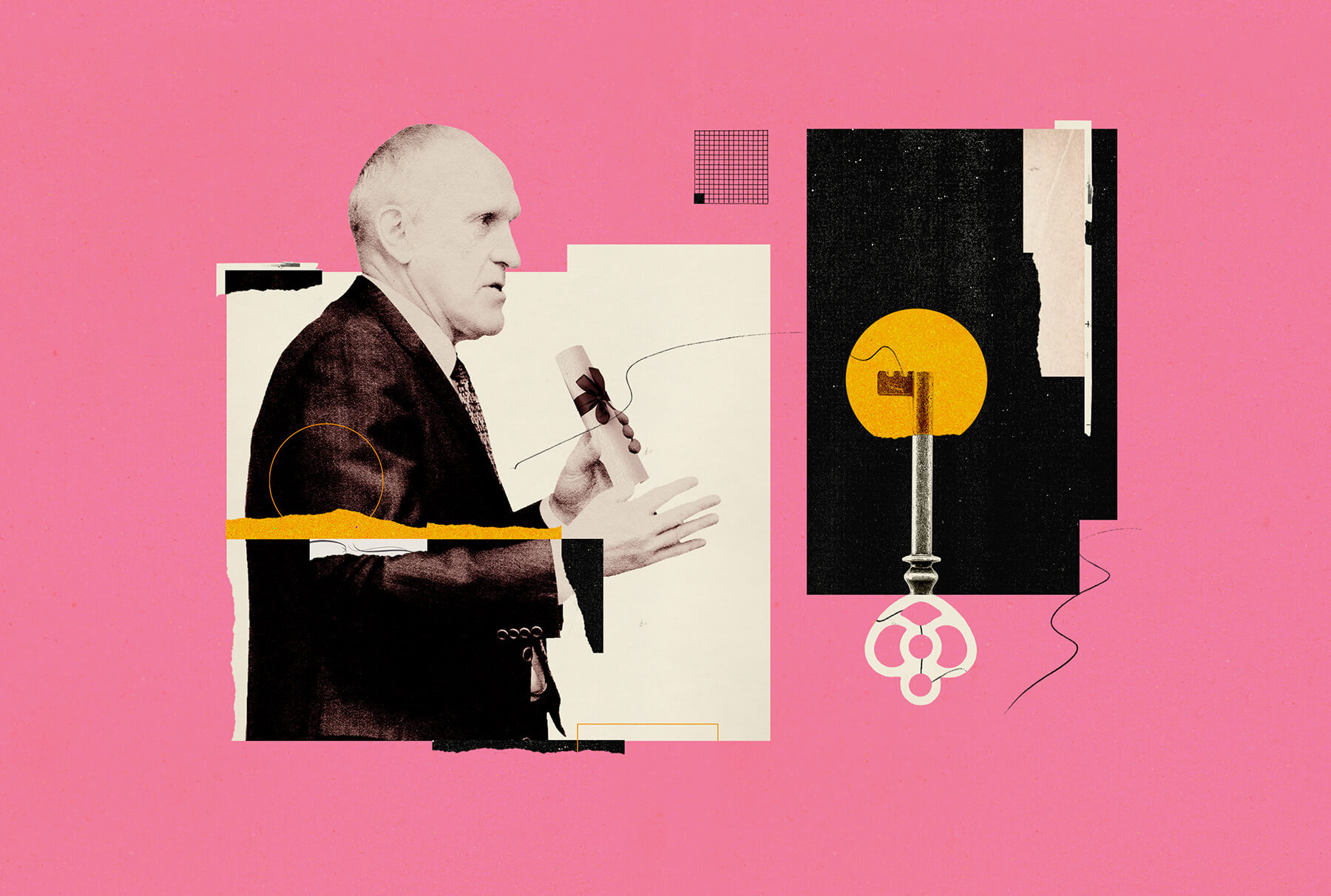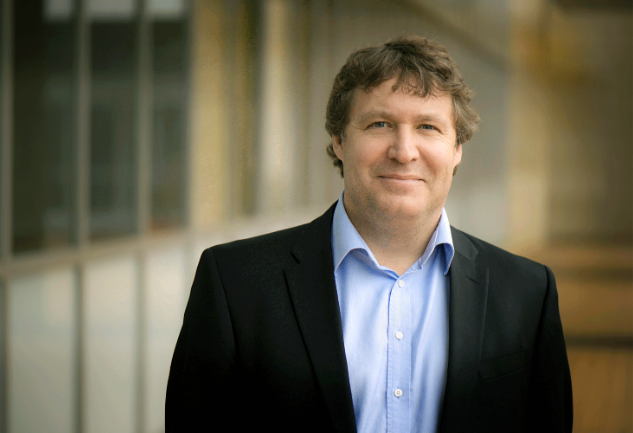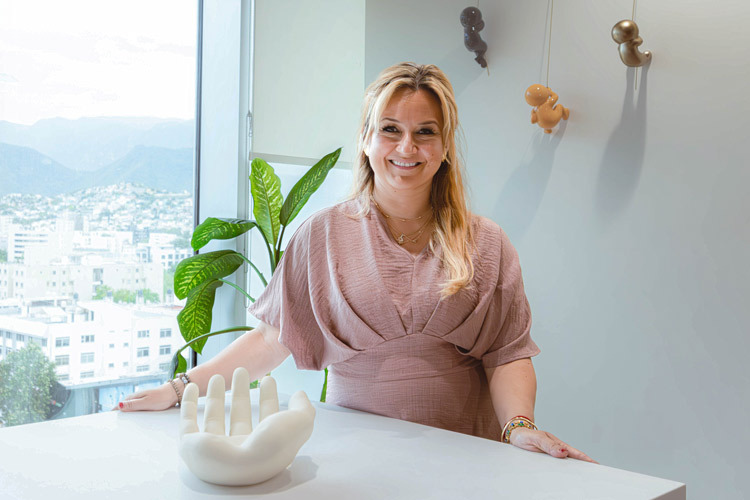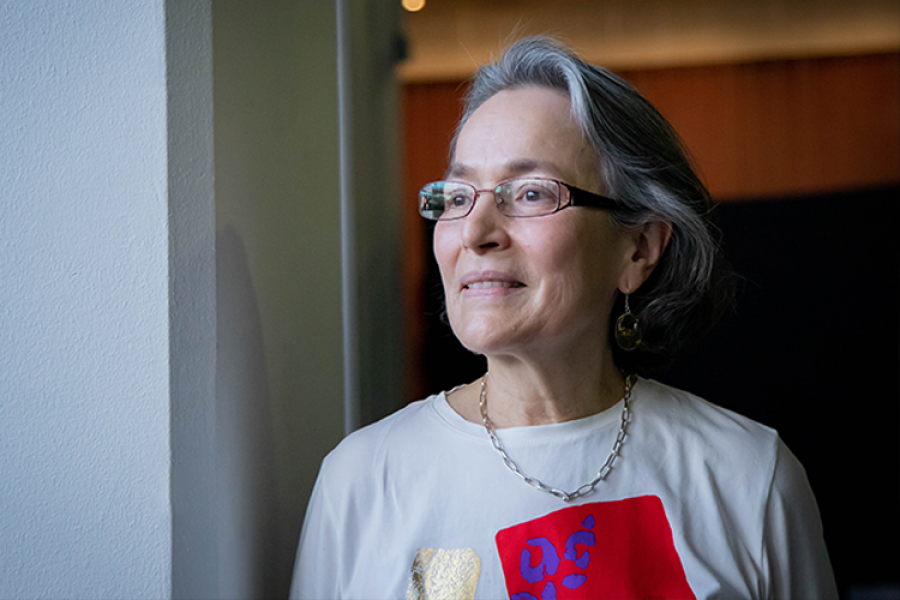The University of California, Riverside invests more than a 5 billion dollar budget in research, about a tenth of the total endowed in the United States.
Kim Wilcox, chancellor of the University of California at Riverside (UCR) is not concerned about the budget. He is concerned about another problem that he considers crucial: education and research have an inclusion problem.
Universities do not have the space and capacity −or sometimes the willingness− to provide opportunities for talented young people who lack the resources or means to study, not only at the University of California but sometimes at any university in the world.
The millions of people who are deprived of access to a professional career also lose the opportunity to develop a change in society, in their communities, and even in their families.
“If we don’t change our universities and continue to give places only to the privileged we’ll not only lose their futures, but we diminish our future”, says Wilcox.
How to promote diversity and inclusion in college
Kim Wilcox explains, during his talk at the International Congress of Educational Innovation (CIIE 2023) of the Tec de Monterrey, that there should be a more significant number of places at universities for students who can’t afford an upgrade education but still have the talent to study and generate a social impact in their communities.
These initiatives are increasingly common, such is the case of the University of California, where a majority of students of color and poor students apply for government aid because they don’t have enough money.
However, this phenomenon has made the UCR increase its number of graduates; also now it’s one of the universities with the most social mobility, as the students move from one social class to a higher one, and the UCR is also one of the most recognized in research.
Other universities like Tec de Monterrey have a program called Leaders of Tomorrow in which they grant scholarships of the 100% of the value of a degree, conceded to talented young people without resources so they can study at a university.
This is not only beneficial for students, which increases the opportunity for the quality jobs they can get in the future but also has outcomes for society.
Nearly a tenth of all research done in the United States comes from about 30,000 researchers at UCR and its inclusion programs.
Although some universities adopt and apply these initiatives, a large number of university applicants still need access to tertiary education.
“We are doing well and we are acting well, however, we can only do it for our 27,000 students. That won’t change the world”, says Wilcox.
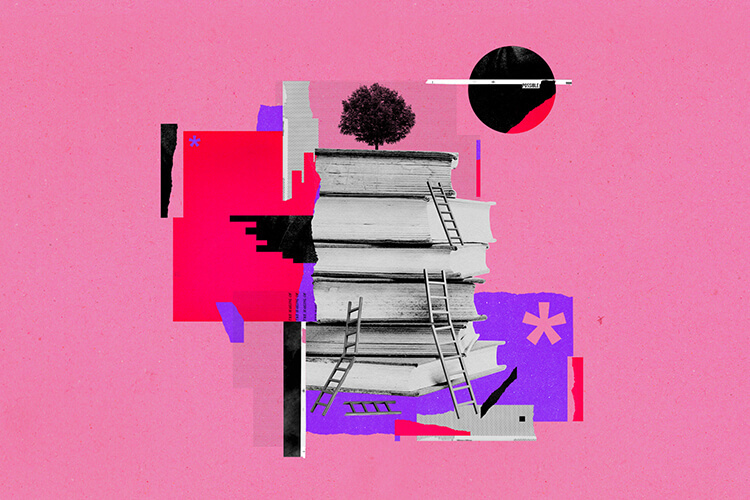
Research and its impact on society
Chancellor Wilcox suggests doing the same as the scientists who worked on the Manhattan Project, which created one of the most giant weapons of mass destruction in history.
But, in this case, the idea is not to create an atomic bomb, but instead working groups from different institutions with the talent of researchers working together to promote education and research, empowering teachers and making science more inclusive.
One way to do this is through culture, where everyone is committed to student success and diversity within their schools, which also attracts more college students.
“We literally have deans, faculty members, and even a Nobel Prize winner who told me he came to UCR for the students. If you create a culture, people are attracted, not only because of the students but also the teachers and collaborators” Wilcox explains.
Nowadays, UCR has more than 23,000 professors, including 64 Nobel Prize winners, 89 MacArthur Scholarship recipients, and 38 Pulitzer Prize winners.
The UCR has also made efforts to create a mechanism in which students enter research programs that interest them, seeking to generate solutions to real problems, and working with outstanding professors.
“We have students from families that have very little money working with world-renowned teachers. They get excited and the teachers have engaged students”.
Expanding inclusion in universities
This mechanism in which teachers, culture, and the inclusion of students from different socioeconomic backgrounds play an important role that can generate positive results, however at a slow speed.
If UCR increased the number of students by a thousand, it would still be scarce to give space to the more than 20 million young people between the ages of 16 and 19 as was reported in Statesman 2021.
Wilcox points out that sharing the results of the UCR is not to brag or point out how well they have done, but to inspire other universities and ensure that there are ways to achieve it.
One way to do it is by alliances between universities in Mexico and Latin America and from both: public and private spaces.
La Triada, for example, is an alliance between the three highest-ranked non-governmental universities in LATAM: The Tec de Monterrey in Mexico, the University of the Andes in Colombia, and the Pontifical Catholic University of Chile.
Another way is to promote programs such as those of UCR or Leaders of Tomorrow at Tec de Monterrey that seek to include talent in educational programs.“We have to work on scaling these programs. Keeping them in only one university at a time is not and will not be enough”, close Wilcoks.
